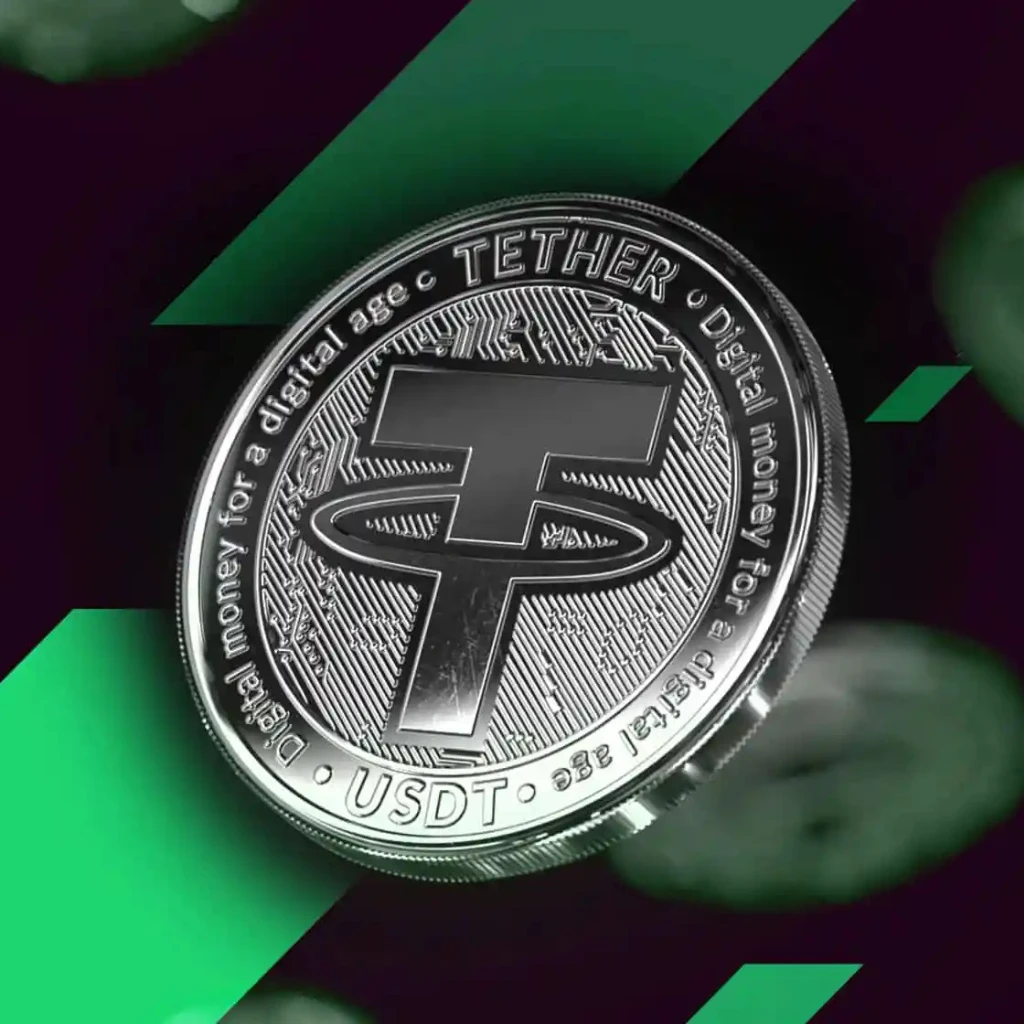USDT Peg Mechanism: The Good, the Bad, and What You Should Know

The USDT peg mechanism is often described as simple: one Tether equals one U.S. dollar. That’s the promise. But under the hood, things aren’t exactly plug-and-play. It’s a blend of reserve backing, market behavior, and—let’s face it—user trust. And like most things in crypto, it’s got its upsides… and its not-so-pretty parts.
So if you’ve ever wondered, “Is this really as stable as they say?”—here’s the no-fluff pros and cons breakdown.
Pros of the USDT Peg Mechanism
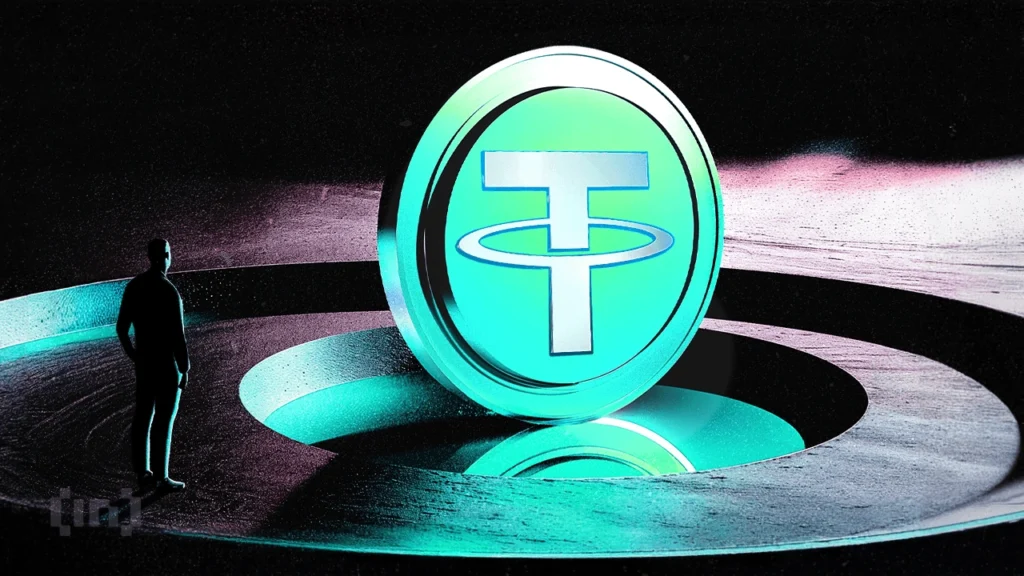

Reliable Market Behavior Keeps the Peg Steady
The biggest win for Tether’s peg mechanism? Arbitrage. When the price dips below $1, traders buy cheap USDT, redeem or resell it for profit, and that buying pressure pushes it back to $1. When it climbs over a dollar, more USDT gets minted and sold, cooling things down. This constant see-saw is what keeps things stable—at least most of the time.
Strong Market Adoption Builds Momentum
Let’s be honest—Tether’s dominance isn’t just technical, it’s psychological. With billions in daily trading volume and widespread adoption across global exchanges, USDT is kind of the default stablecoin. That network effect gives the peg mechanism some extra support. People trust it because, well, everyone else still does.
Backed by a Reserve (Mostly)
Tether claims to hold reserves—cash, government debt, and other assets—for every USDT in circulation. Is it always 100% transparent? Not exactly. But they do publish attestations and have slowly moved toward safer holdings (less commercial paper, more U.S. Treasuries). So while it’s not perfect, it’s… something.
Cons of the USDT Peg Mechanism
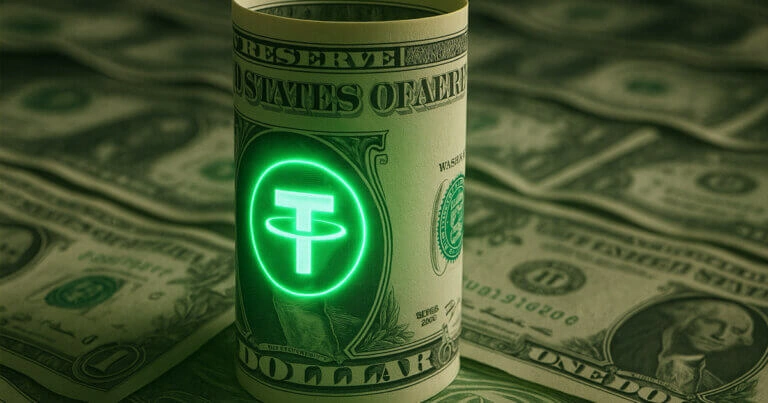
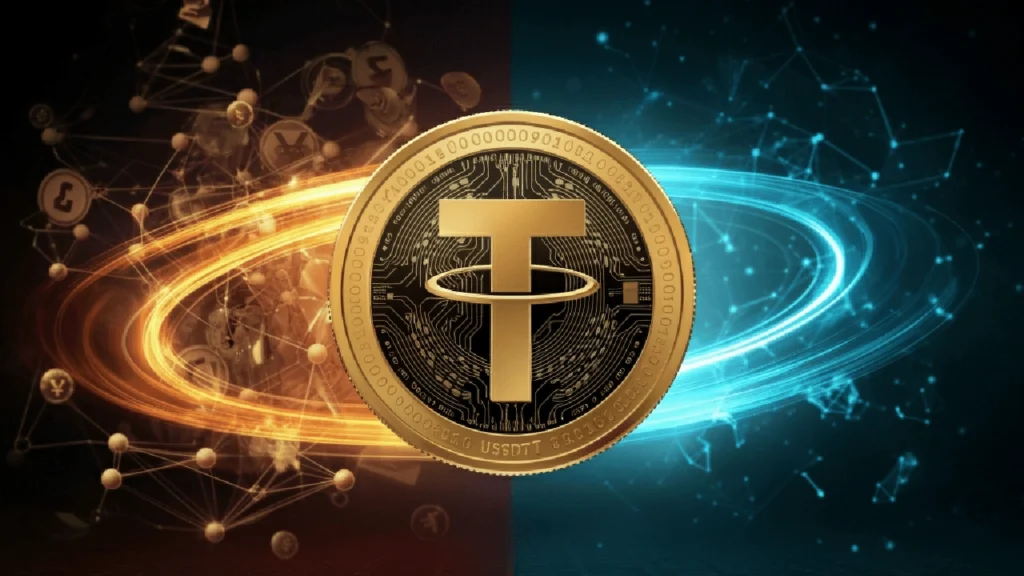
Limited Transparency and Audits
Here’s where things get shaky. Tether doesn’t provide full-blown audits, only attestations from third parties. Some of those reports have raised more questions than answers. Critics argue that without clearer proof, we’re all just assuming they’ve got the goods to back every token. That’s a lot of trust, no?
Retail Redemption Isn’t Really a Thing
Technically, you can redeem USDT for dollars—if you’re a corporate client with a minimum withdrawal threshold. For the average user? Not so much. Most people rely on exchanges to cash out. This means, in theory, if exchanges froze up or panicked, you couldn’t easily “get your dollar back.”
Exposure to Market Shocks
The peg mechanism works… until it doesn’t. If there’s a sudden trust collapse or regulatory action, even all the arbitrage in the world might not stop a depeg. We’ve seen brief dips before—$0.97, $0.95—even if they bounced back. But in a full-blown crisis? Who knows.
So… Is It Solid or Shaky?
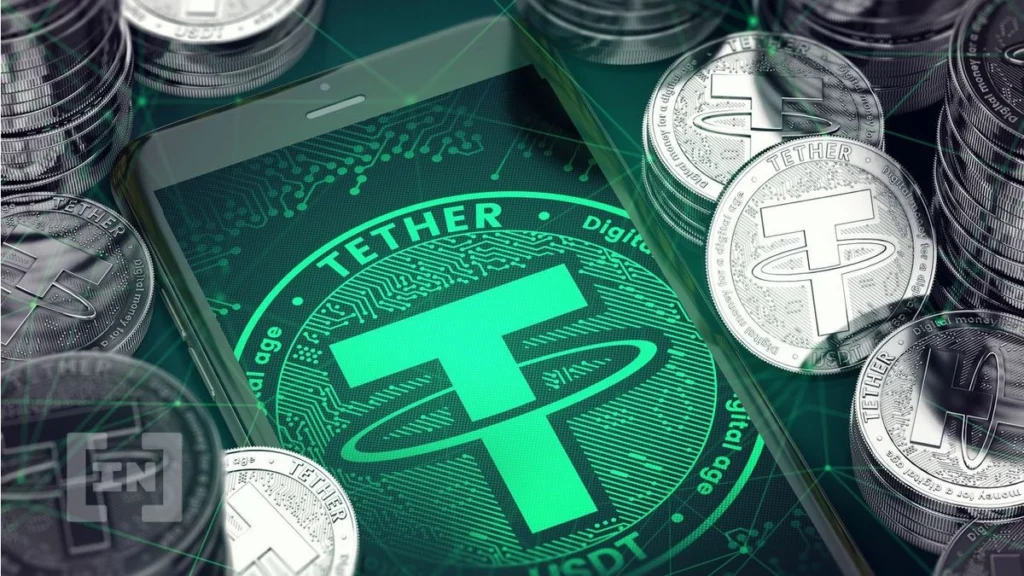
It depends on how you look at it. From a purely mechanical point of view, it functions well under “normal” market conditions. Arbitrage, reserve claims, and user confidence have kept USDT around $1 for years. But the cracks are there—limited transparency, redemption hurdles, regulatory clouds.
Maybe the real strength of the USDT peg mechanism is that it works just well enough. It’s not built on perfection; it’s built on momentum, incentives, and a bit of… collective belief.
Final Thoughts
No, it’s not airtight. And no, it’s not always easy to follow. But for better or worse, the USDT peg mechanism has proven to be one of the most resilient in the crypto world—so far. Whether that’ll hold forever? That’s still up for debate.
Relevant news: How the USDT Peg Mechanism Really Works—And Why It’s Still Holding On


